Accidental Wilderness
CD
+ Digital Album, 2022This album of field recording-based compositions grew from listening to the sounds of the ever-changing boundary between the city of Toronto and Lake Ontario. The waterfront is a transition zone where sounds of animals, plants, people, machines and water meet and overlap.
The album’s title refers to the transformation of a wasteland into new natural habitats. This happened in Toronto as wildlife reclaimed islands of construction garbage which had been dumped into the lake. Over the years the site became a lush green park, a home and meeting place for many different species.
CD released on Ryoanji Records (Norwich, UK) on August 15, 2022.
CD cover artwork by Elsa Cha.
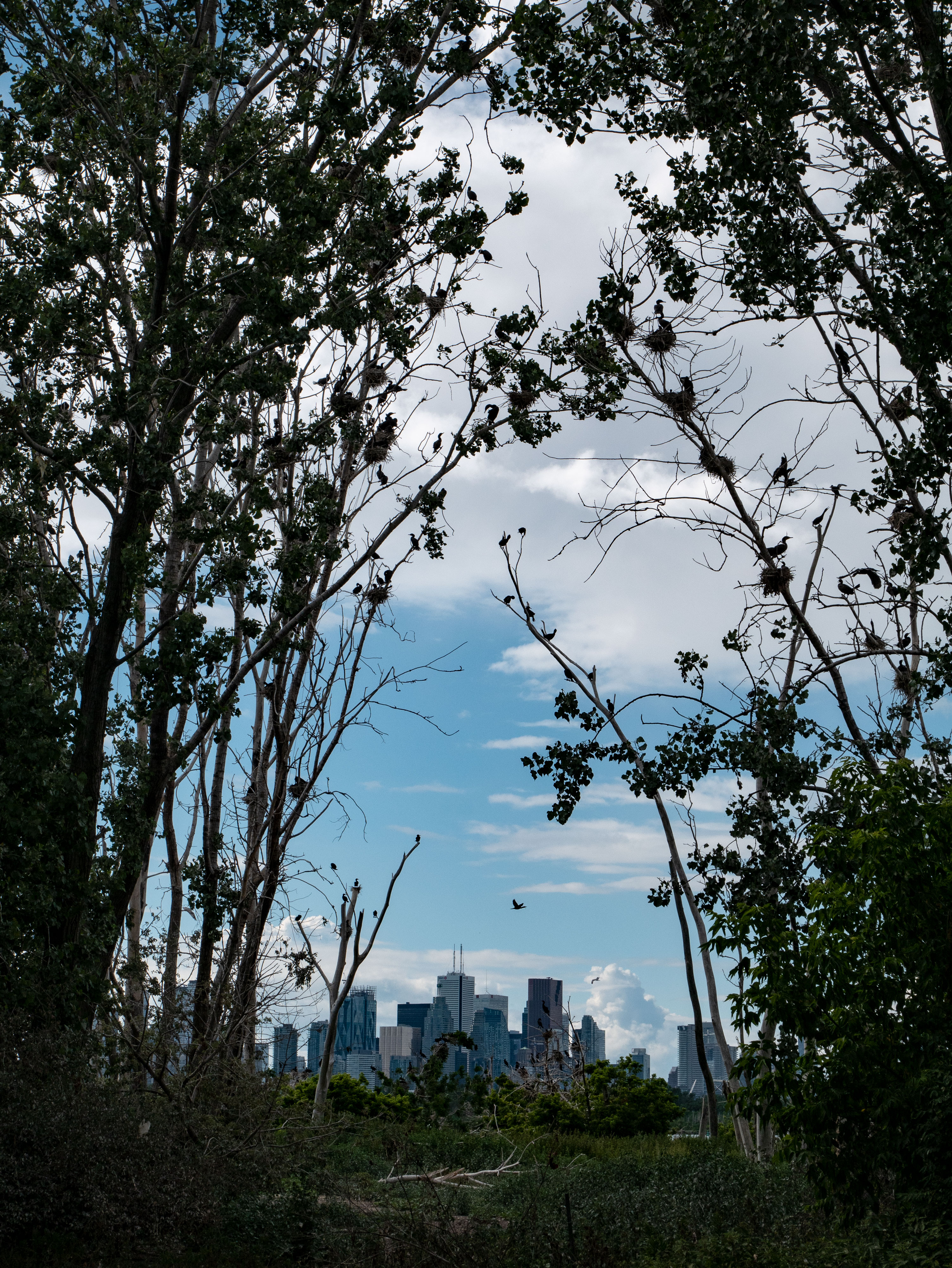
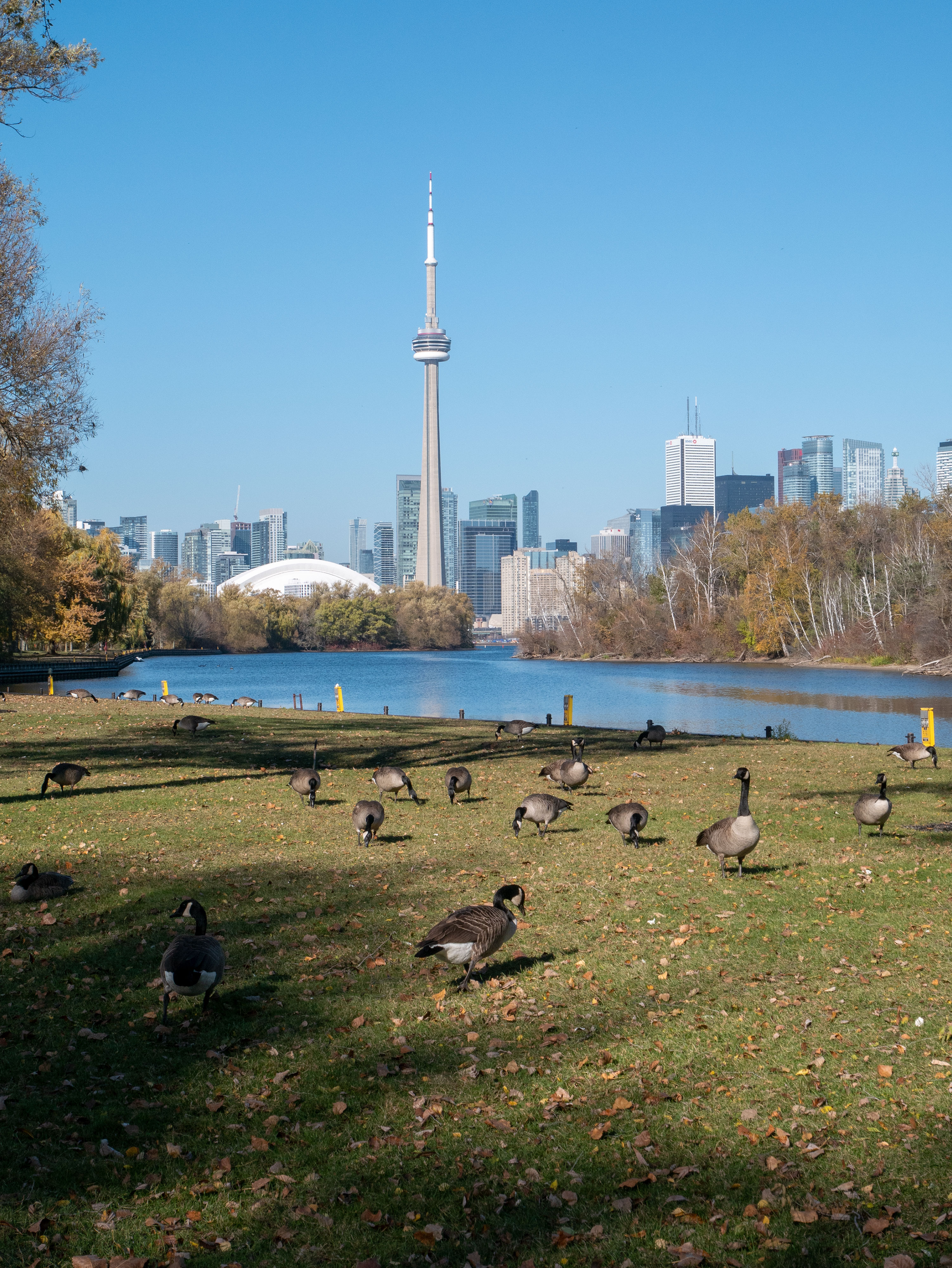
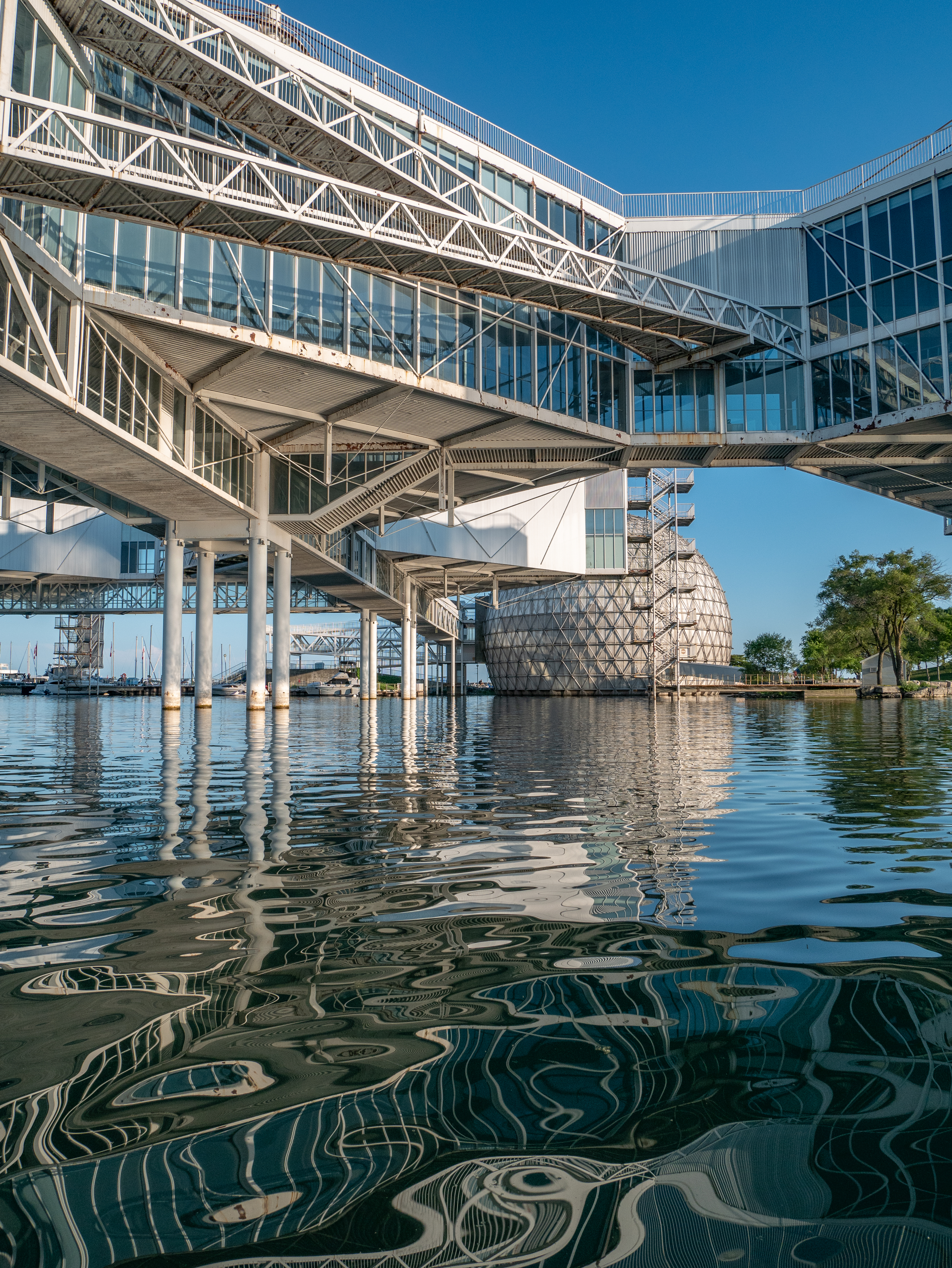


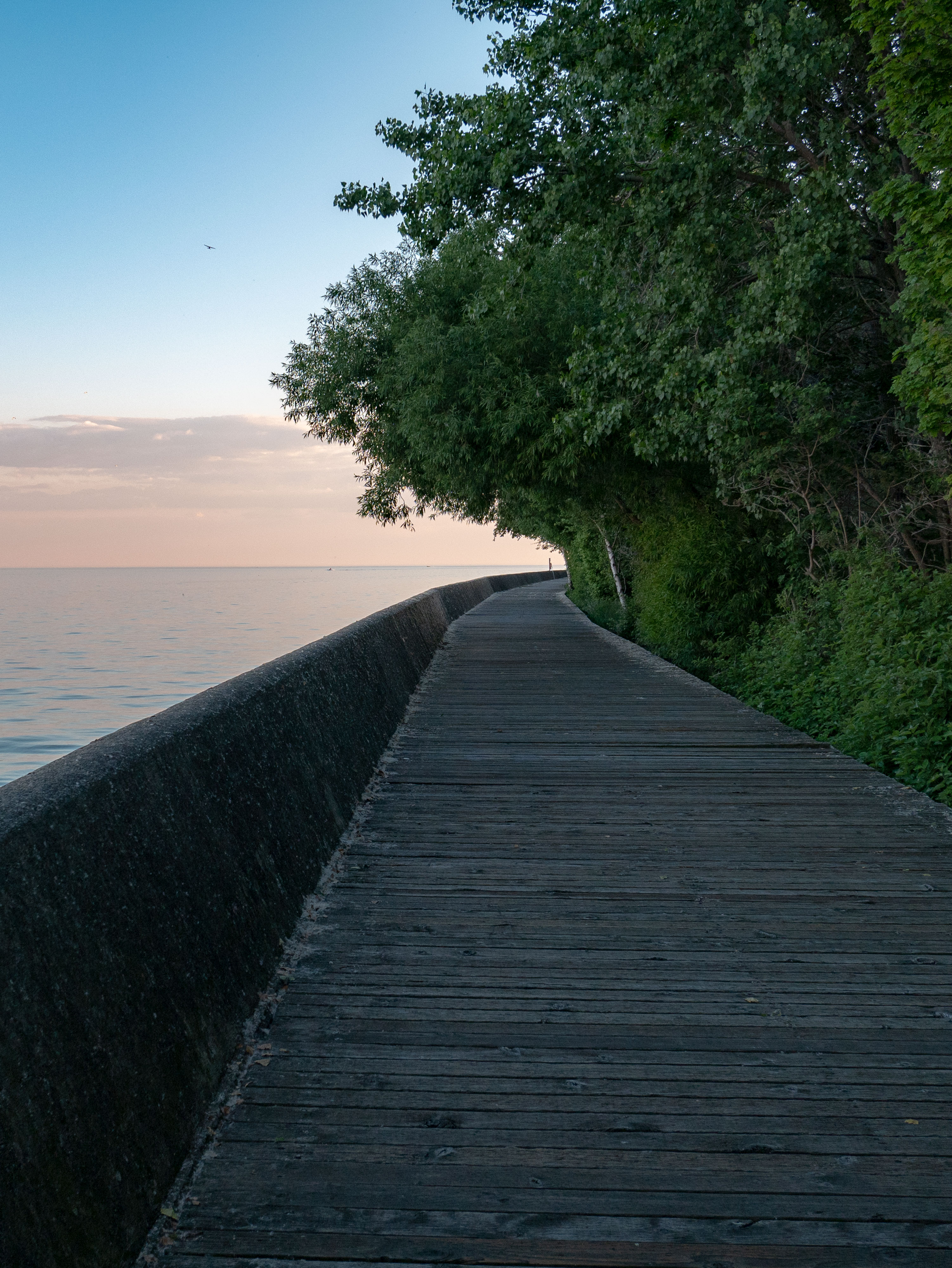
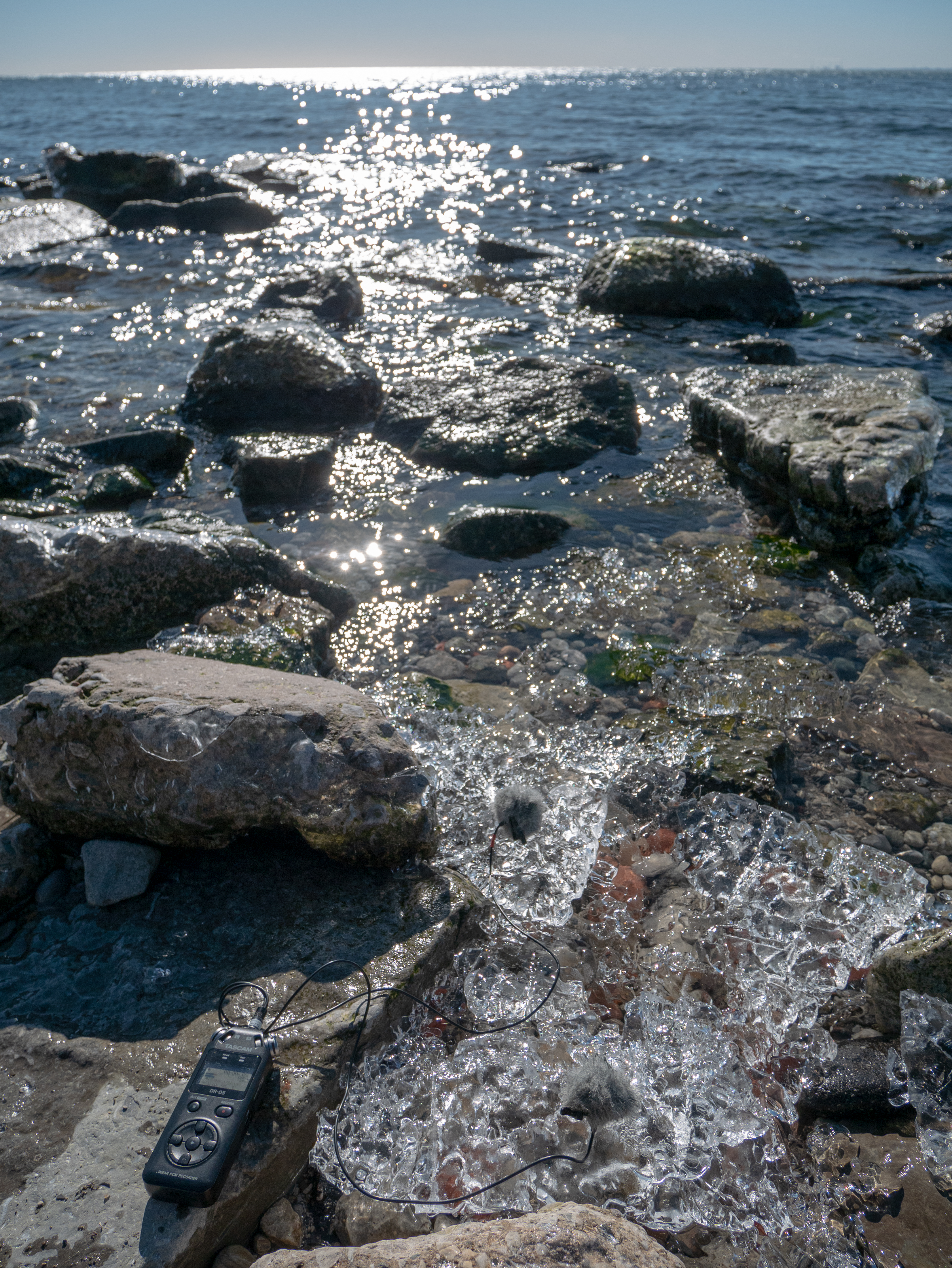

The coastline of Lake Ontario is forever changing because of climate change and colonial interventions. Toronto city builders at the beginning of the 20th century treated the lake as a dumping ground for factories, with devastating effects for wetlands and wildlife. Later, landfill was used to extend the city into the lake. Today I’m living on land that used to be under water just a hundred years ago. During another industrial construction boom, builders dumped mountains of concrete and sand into the lake in order to create a barrier against waves and rising tides. No one could have expected that in a few years wildlife would take over this unwanted territory. The Leslie Street Spit became a habitat for local plants, birds and animals. This phenomenon is known as “accidental wilderness,” similar transformations took place on atomic test sites. There is nothing accidental in wilderness of course, if anything this expanding city of concrete and glass seems more accidental from a long-term perspective. Thousands of years ago, at the end of the last ice age, the territory of today’s downtown Toronto was at the bottom of Lake Iroquois, a bigger proto-version of Lake Ontario. The escarpment left behind by the receded lake constitutes a distinctive landscape of the city.
A short ferry ride from the lakeshore lies a chain of fifteen small islands currently known as “the Toronto Islands.” For thousands of years prior to European colonization, this group of islands and sandbars was used for ceremonial gatherings and as a place of healing by Indigenous peoples, including the Mississaugas of the Credit, who named it Mnisiing. The islands remain a special place where urban domination doesn’t quite hold sway, allowing a temporary balance between people and wildlife. And while it is considered to be the largest urban car-free community in North America and an environmentally significant area, one of the islands is occupied by an international airport, the source of massive air and noise pollution.
There are many kinds of creatures living on the waterfront of Toronto, it is a densely populated place with much more biodiversity than surrounding areas. This transition zone between the city and wildlife is a complex and fluid boundary, hosting not only varieties of native species but also acting as an international hub for migratory birds.
The city borders look concrete but they are a temporary arrangement, and colonial domination can be not only stopped but reversed. Borrowed/stolen land one day can be taken back. Will the city be consumed by the rising water levels or will the lake recede due to droughts? There is no way to predict the future, but new condo towers and “revitalisation” projects just a few steps from a colossal body of water seem the result of wishful thinking.

